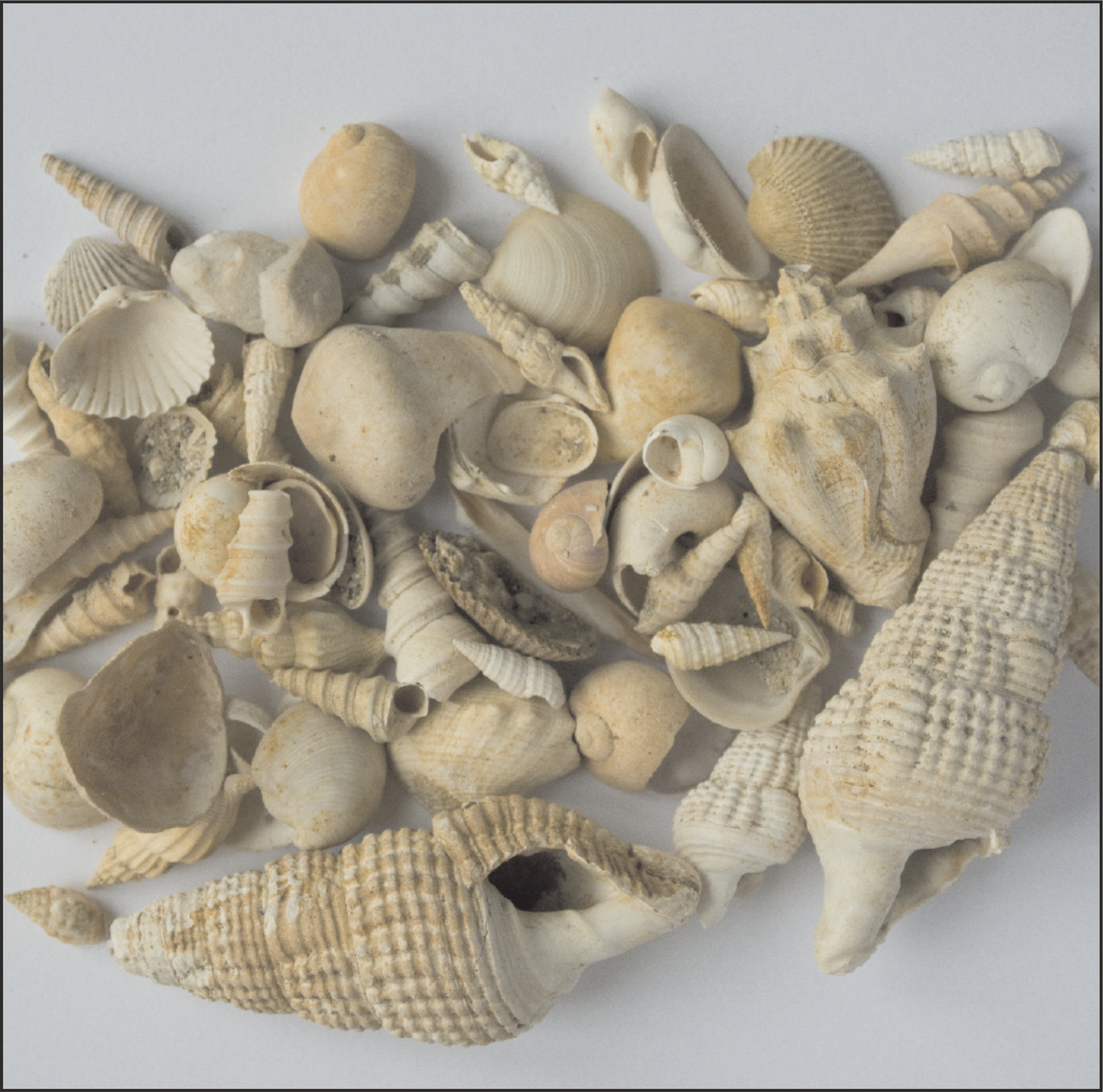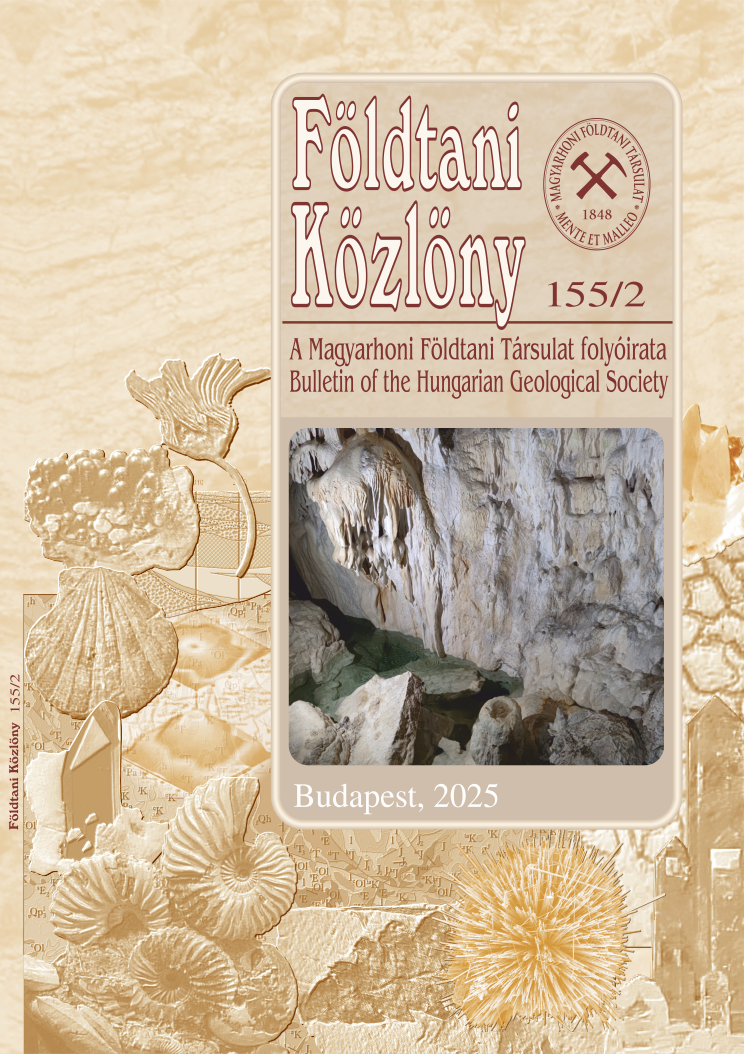Biostratigraphic and invertebrate paleontological research in the Carpatho-Pannonian region
Abstract
This paper is one of the series of reviews dedicated to the 150th anniversary of Földtani Közlöny (Bulletin of the Hungarian Geological Society). Here we summarize the most important invertebrate paleontological (except for micropaleontological) and associated biostratigraphical, paleoenvironmental and paleobiogeographical investigations focused on the Carpatho-Pannonian region, many of which were published in Földtani Közlöny. The most thoroughly investigated fossil group was the phylum Mollusca. In the Mesozoic the ammonites, whereas in the Cenozoic the bivalves and gastropods received peculiar attention. In terms of geographical regions, the Transdanubian Range („Dunántúli-középhegység”), including the Bakony Mountains, is the best explored area, followed by the Mecsek Mountains. Paleontological research in Hungary was benchmarked by many excellent individual achievements, embodied in often cited monographies, stratigraphic interpretations, and studies shedding light on the geological evolution of an area or on the evolution of a certain biota. In addition, some teams or multigenerational scientific schools repeatedly or continuously excelled in certain fields of research and provided internationally acknowledged scientific results. They include the Middle Triassic of the Balaton Uplands, the Jurassic of the Transdanubian Range and Mecsek Mountains, the Oligocene Kiscellian and Egerian stages of the Paratethys, and the upper Miocene – Pliocene Pannonian stage of Lake Pannon. This account is necessarily subjective and cannot include all noteworthy fossils, paleontologists and scientific achievements. Those interested in the fossils of the region in more detail are referred to the book „Fossils of the Carpathian Region” by Főzy & Szente (2014). Most of the fossil faunas discussed in the present review are reposited in two large public collections: in the Mining and Geological Survey of Hungary (formerly Geological Institute) and the Hungarian Natural History Museum, where they are available for further scientific study. Type catalogues were published by Boda (1964) and Pálfy et al. (2008) for Hungarian collections in general and the collection of the HNHM, respectively. The latter was completed by Dulai et al. (2018), and the significance and context of the HNHM collection was reviewed by Pálfy (2009).
















